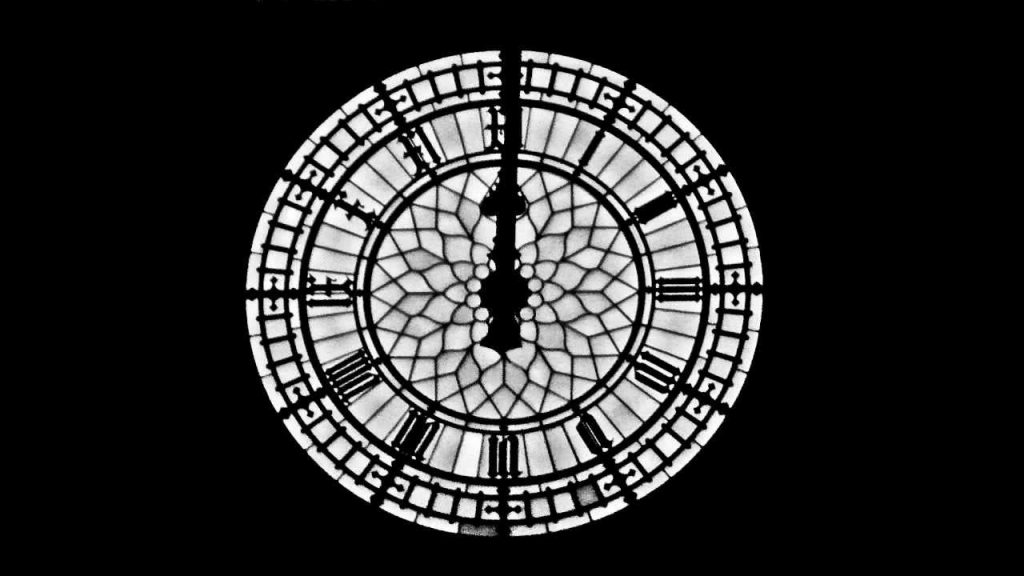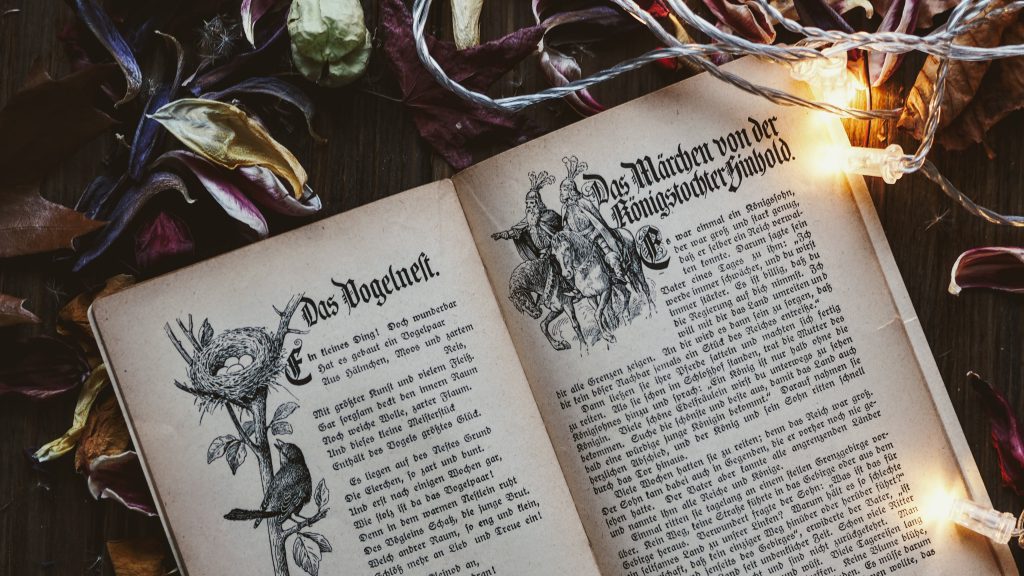At The Stroke of Midnight: YA Fairytale Twists
(Image via flickr)
People never really grow out of fairytales. I’m no exception: fairytale retellings have always intrigued me. Whether the source is a classic from Hans Christian Andersen, a tale from the Brothers Grimm, or another folktale handed down through the ages, there are so many interesting ways an author can change and re-vamp the story. It could be a new location, an unseen layer to the protagonist’s personality, a different time in history, anything.
A beloved tale transformed for a modern audience is exciting in its newness, but at their core, fairytales also possess some universal themes no matter the setting: a character coming of age, learning to trust their own experience, and encountering new dangers around every corner.
So it’s not surprising that YA fiction is such a perfect fit for fairytale adaptations. What makes YA retellings unique is their ability to make the fantastic elements familiar for modern readers — even if in a historical setting — while also incorporating some of the satisfyingly dark aspects from Andersen and Grimm. When the right elements come together, a YA retelling is just as spellbinding as that very first picture book.
But what are the elements that make for a great YA fairytale retelling?

(Image via flickr)
1. It’s based off a beloved classic—even if the classic isn’t in a fairytale book, like Andersen’s or Grimm’s. Tinkerbell is a fairy, so why can’t Barrie’s Peter Pan be considered a classic fairytale? Jodi Lynn Anderson’s Tiger Lily is a both a prequel and retelling of Peter Pan, told through Tinkerbell’s perspective.
She follows Tiger Lily and watches how she meets Peter, the way they interact together, and then witnesses the arrival of Wendy and her brothers. Though no events change between Barrie’s canon version and Anderson’s retelling, the change in narrator creates a vastly different perspective. It’s like reading The Wonderful Wizard of Oz and Wicked side-by-side.
2. It transports the story to a historical setting. Almost any time and setting, from the Tudor era in England or the American Civil Rights movement, has themes and elements that dovetail beautifully with those of fairy tales. Jane Yolen’s Briar Rose is an exceptional example. Yolen twists the Sleeping Beauty tale into something deeper and darker by setting the story during the Holocaust.
A granddaughter, whose grandmother told her a different version of Sleeping Beauty, visits Poland and begins to connect the dots to a great family mystery on her grandmother’s identity. Not only does the fairytale fit perfectly with the setting, but the reader learns so much about Polish history and survivors of the Holocaust. Devastating, heartbreaking, and so beautiful.
3. It’s told through two perspectives. Ever wondered what the Evil Queen or the Evil Step-Sister thought about the Princess? The reader favors the main character’s opinions. But in Carolyn Turgeon’s Mermaid, the reader gets a taste of Hans Christian Andersen’s Little Mermaid and her rival, the princess on the land.
Both the mermaid and the princess want the same man. Neither girl is vengeful, but both have different desires for marrying the prince: the princess to secure an alliance, and the mermaid to be fully human. Both girls experience independence and free will, discovering they cannot be bound and ruled by men. The reader wants both of these girls to get exactly what they want, but it seems impossible when there is two of them and one man.
 |
|
(Image via flickr)
4. It’s set in a modern day where that particular fairytale does not exist. No one has heard of whatever fairytale the author chooses to retell. And that’s where the beauty of the retelling begins. Alex Finn’s Towering and Cindy Bennet’s Rapunzel Untangled are excellent examples of modern retellings where Rapunzel does not exist as a fairytale. The modern twist and snappy language could draw in any contemporary reader.
5. It’s based in a different culture than the original. In a time where most YA novels feature predominantly white female protagonists, cultural twists on fairytales are a welcome relief. Cultures all over the globe have their own set of fairytales quite similar to Western ones. There’s a Russian Cinderella with fur shoes, a Greek Cinderella whose sandals were stolen, Middle Eastern and Asian Cinderellas that rose against the oppressors—even Shakespeare’s King Lear is based on the Briton Cinderella.
All of these diverse tales show a young woman who is brought down by circumstances, ruled by oppressors—be they men or step-family—and somehow saved from her situation by way of shoes and becomes rich or well-cared for. However, I’m a believer that one should work hard for their prosperity, which is why I love Donna Jo Napoli’s Chinese Cinderella Bound.
Evil step-family and shoes aside, heroine Xing Xing is a fighter and truly finds herself throughout her struggling journey.
6. It keeps the fantasy elements that drew readers into fairytales in the first place. Sometimes, the fantastical parts of the story are exactly what makes the tale so enjoyable and lasting. Jessica Day George’s Princess of the Silver Woods is a unique retelling of Red Riding Hood, and Alethea Kontis’s Enchanted is a deeply enjoyable version of the Princess and the Frog.
These fairytales have heightened adventure, higher stakes, and a deeper level of humanity than the tales of childhood.
What’s your favorite fairy tale? What’s your favorite retelling?
—
Laura Crockett is a graduate student, bookseller, Anglophile, tea devotee, musician, and book hoarder. Everything good in her boils down to her Midwestern upbringing. Follow her Downton Abbey obsessions on Twitter (@LECrockett) and book interests on her blog http://scribblesandwanderlust.


